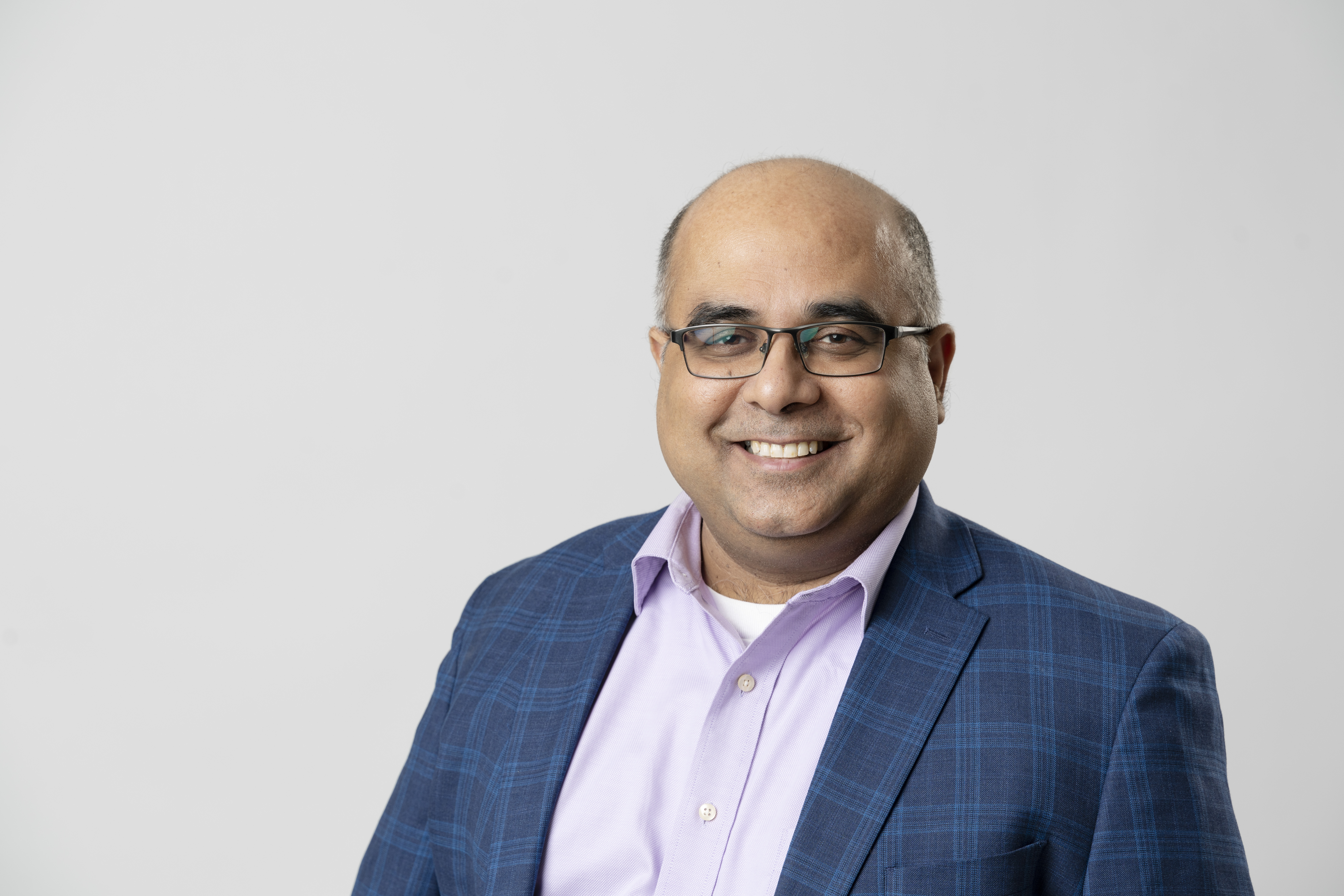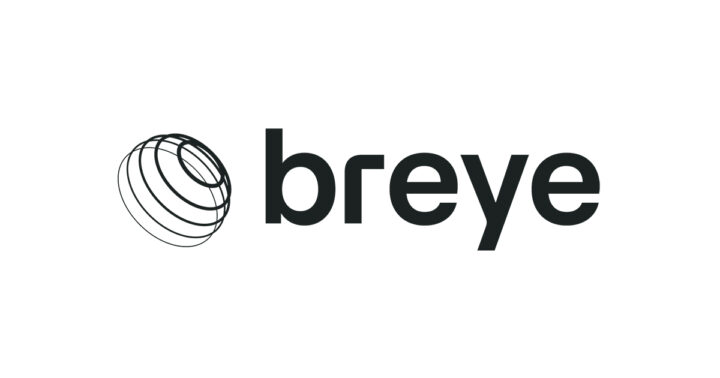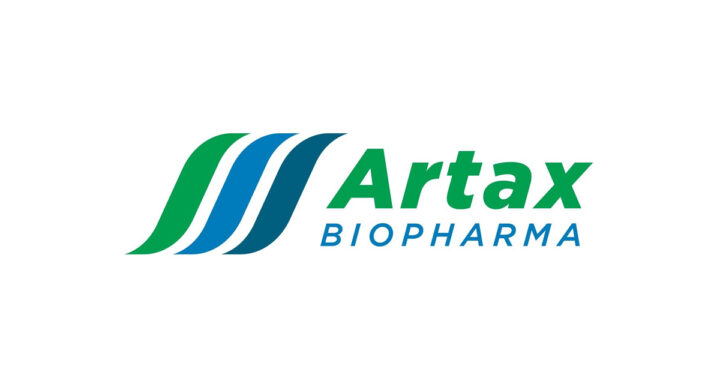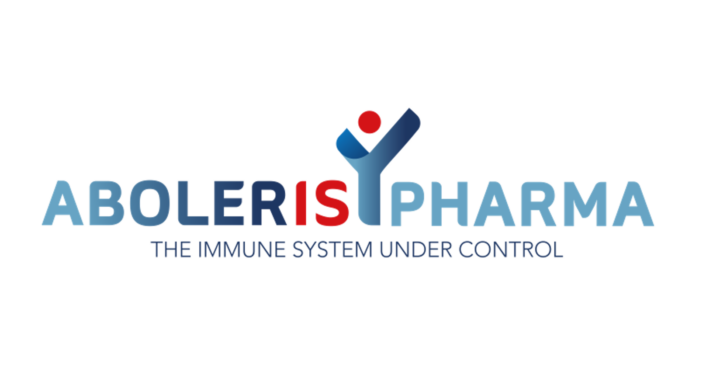In this episode of Engaging Alternatives Spotlight, Elana Margulies-Snyderman, Director, Publications, EisnerAmper, speaks with Bibhash Mukhopadhyay, Managing Partner, Sound Bioventures, a venture capital fund that invests in about-to-be clinical or clinical stage private companies in Europe and the U.S. developing therapies in specialty therapeutics areas. Bibhash shares the outlook for VC investing those companies including the greatest opportunities and challenges, how the firm integrates ESG, DEI and more.
Elana Margulies-Snyderman:
Hello and welcome to the EisnerAmper podcast series. I’m your host, Elana Margulies-Snyderman, and with me today is Bibhash Mukhopadhyay, managing partner at Sound Bio Ventures, a venture capital fund investing in about to be clinical, a clinical stage private companies in Europe and the US developing therapies in specialty therapeutics areas. Today, Bibhash will share with us the outlook for VC investing in those companies, including the greatest opportunities and challenges along how the firm integrates E-S-G-D-E-I and more. Hi Bibhash. Thank you so much for being with me today.
Bibhash Mukhopadhyay:
Thanks for having me, Elana.
EMS:
Absolutely. So to kick off the conversation, tell us a little about the firm and how you got to where you are today.
BM:
Would love to. So Sound Bio Ventures was formed in 2022, and I am one of three founding partners. We have approximately $120 million in our first fund. We are a sector specialist. Funds that is, we invest exclusively in biotech companies. Companies that are developing medicines that are in human clinical trials are about to go into clinical trials. Our investment approaches simply summarized as invest with conviction, stay patiently and actively engaged with the company and harvest with discipline. We invest in the most value driving phase of a biotech company. That is the window where one knows whether the company has a clinically relevant and commercially meaningful drug. We invest in companies that are based in Europe and in the US actively manage them through our board participation. So what makes us unique are the three founding partners. Me, Johan, and Casper collectively have around 60 years of drug development experience, both as operators and investors that we think is our big differentiator.
We came together to form our firm on the basis of two things. First, our approach to investing, that is what we invest in and how, which I have outlined above. And second, something that is very basic but is often overlooked or gets relegated in our industry. That is how we treat our stakeholders. I always say that being nice is often an underrated skill, but in a people’s business we have decided that the way we will operate will be reflective of our principles and who we are as human beings being fundamentally nice and conscientious. B two, our LPs management teams that we work with and our co-investors. So that is reflected in our values. Decent, dedicated, confident, and humble. We hold that very close to our heart.
EMS:
Bibhash, given your focus on VC investing and about to be clinical or clinical stage companies developing therapies for therapeutics, wanted to hear your overall outlook for the space.
BM:
Sure. So the entire premise, as you can imagine for the existence of our farm, is built on the very fundamental belief that there are multiple unmet medical needs and human suffering because of disease. Medicines that are developed for those diseases can save lives, improve the quality of life in people suffering from those disease. We have very high conviction that multiple new medicines will be developed by biotech companies in the years to come. And we as investors will enable these companies by providing risk capital. I’m a very firm believer that our funds financial performance will be directly correlated with our ability to invest in companies that successfully develop new drugs. So overall, very bullish.
EMS:
Bibhash, as a follow up, where do you see some of the greatest opportunities and why?
BM:
Sure. So we believe that the best investment returns are obtained by backing companies that can successfully develop new drugs, and these are companies that have some unique knowledge of disease pathology run by people who have hands-on specialist drug development expertise and most importantly can be appropriately capitalized. So those are the three elements. So finding and backing these companies is I think where the greatest value creation lies. This as a what? A win and a how. So for what we believe that specialty therapeutic areas like neurological, neuromuscular disorders, autoimmune diseases, kidney related disorders, rare diseases, for example, those of mitochondrial dysfunction retinal diseases are areas of special interest for us. Our firm sound by Ventures typically identifies these themes of interests and then invests in the best possible companies that have the highest likelihood of developing a new drug. Now, let’s come to the, when our investing strategy involves backing companies just as it enters the clinic and exit right after it has proven in human clinical trials that the drug works. Liquidity is typically through acquisition by big pharma, which wants to market the drug developed by these companies or in case of public markets through an IPO finally coming to the how. So venture investors often invest in bluesky promise. We on the other hand, are more pragmatic and invest to underwrite development of real medicines in the real world. Financial return is a core objective as you can imagine, but we also measure ourselves by the number of new medicines our companies have developed and the number of lives touched by those medicines.
EMS:
Bibhash, on the other hand, what are some of the greatest challenges you face and why?
BM:
So two of my greatest challenges are the fund manager are, first we have to populate our portfolio with the right set of companies, right? That balances the risk reward diversification with regards to stage, with regards to geography, therapeutic areas of focus, and very importantly, the forward-looking risk that we underwrite in each company. We are very concentrated in our capital allocation because around 10% of a fund is typically invested in a portfolio company. So we have to have very high conviction. We do not use any leverage or hedging. It’s pure preferred equity in a private company, so classical venture capital. So we have to diversify the type of risks underwritten in each company. I do not like what I typically call compounding risks in a company, and I do not like to be overexposed in a company. I always say that given the amount of capital we can invest in a lifetime of a company, our durability on the cap table as an investor through multiple rounds of financing, remember these are illiquid companies, right?
Illiquid positions is a very critical decision making point for our investments. Drug development is a very stepwise process, but we like to have a very clean investment hypothesis behind each of our investments. So that’s one piece. The other piece is generating a steady stream of liquidity for our LPs, and the key word there is steady stream because venture capital inherently liquidity is a lumpy business, but we have to be very proactive in continuously monitoring and seeking out what pharma wants to buy and tends to invest in spaces where we know where as they say, where the puck is going so that we can anticipate that pharma will buy one of our portfolio companies. Now this comes through your sub proprietary research, developing a nose, developing special relationships, and ultimately a mix of, as they say, between analytical ability, knowledge and gut.
EMS:
Bibhash, To shift gears a little bit with E-S-G-D-E-I, top of mind for the alternative investment industry, I wanted to see how your firm is integrating these.
BM:
Absolutely. We have put a lot of thought into this and continue to put a lot of thought into this. We proactively measure our impact on each portfolio company of using these metricses by asking the question, did we make a difference in a portfolio company Since we invested in them? We track variables like board and c-suite composition to measure diversity, proactively select responsible vendors and partners in those portfolio companies which value sustainability in their operating businesses. These are just a few qualitative measures that we use to track our portfolio and we also measure impact the medicines our portfolio companies are developing, what impact those medicines will have on human lives. So I envision 10 years from now, our website should very proudly proclaim that X of our portfolio companies developed Y medicines, and you’d be surprised to see, by the way, it seems trivial, but very few venture firms actually, which claim innovation and their backbone actually have that metric displayed on their websites. But 10 years from now, I want sound to proactively display that on our website as a claim to fame.
EMS:
Bibhash, we’ve covered a lot of ground today and wanted to see what your future plans are for your firm
BM:
Future. Indeed. So first and foremost, in the near term, I want to be a good shepherd of our LPs capital. We are very fortunate to have some blue chip institutional limited partners who have entrusted us with multiplying their capital. So as a first time fund, I want to make sure that we do good investments that meet and ideally exceed the objectives with which they invested in us. Secondly, we want to be known in the biotech community as nice investors. I use the word before as well. Nice. And this is living by the adage of the sound principles of decent, dedicated, confident, and humble. In the long term. I want to build a multi-generational form with a focused investment strategy. We readily agree that we don’t do everything for everyone, but we are exceptionally good at whatever little we do. And in the former statement, by multi-generational, I mean multiple funds with continued trust from our limited partners succession of companies that we have the privilege to invest in and the team at sound that can carry on the investing strategy, approach, philosophy principles in long-term horizon, while staying true to its four core founding principles.
That’s the long-term objective.
EMS:
Bibhash I wanted to thank you so much for sharing your perspective with our listeners.
BM:
Thank you so much for having me, Elana,
EMS:
And thank you for listening to the EisnerAmper podcast series. Visit eisneramper.com for more information on this and a host of other topics and join us for our next EisnerAmper podcast when we get down to business.
Transcribed by Rev.com
Also Available On



